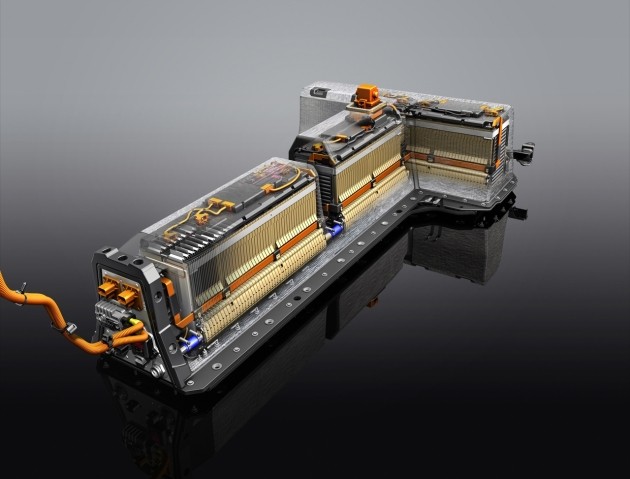Study: Lithium-ion batteries age much like we do; irreversibly


In a lab at Ohio State University (OSU), scientists, engineers and experts in the chemical field are studying the effects that time has on lithium-ion batteries. The goal: to discover the “hows” and “whys” behind battery aging. Specifically, why do lithium-ion batteries degrade from repeated use and how come this aging process can’t be prevented. Preliminary results from the ongoing study suggest that external conditions such as temperature variations and charging rates play only a minor role in battery life. Aging, it seems, begins on the nanoscale level and once the process starts, it is irreversible.
The researchers ripped apart dead batteries to study the materials within and discovered that the finely-structured nanomaterials on the battery’s electrode had coarsened. The study further revealed that a fraction of the lithium (which, in its ion form, shuttles charge between the battery’s electrodes) was irreversibly lost from the cathode to the anode. Giorgio Rizzoni, director of the Center for Automotive Research at OSU sums up the preliminary findings like this:
We can clearly see that an aged sample versus and unaged sample has much lower lithium concentration in the cathode. It has essentially combined with anode material in an irreversible way.
The researchers suspect that the initial coarsening of the nanomaterials on the battery’s electrode eventually leads to its demise. Further testing is underway, but if the initial findings prove to be true, then battery makers will be armed with vital info that could allow them to design future batteries with longer lifetimes. That’s something we’d like to see before we get too much older.
[Source: American Institute of Physics]
PRESS RELEASE
How Batteries Grow Old
WASHINGTON, D.C. — In a laboratory at Ohio State University, an ongoing experiment is studying why batteries lose their ability to hold a charge as they age — specifically lithium-ion batteries, which have generated a lot of buzz for their potential to power the electric cars of the future.
Preliminary results presented today at the AVS 57th International Symposium & Exhibition, taking place this week at the Albuquerque Convention Center in New Mexico, suggest that the irreversible changes inside a dead battery start at the nanoscale.
Yann Guezennec and Giorgio Rizzoni of OSU developed new experimental facilities and procedures to charge and discharge commercially-available Li-ion batteries thousands of times over many months in a variety of conditions designed to mimic how these batteries are actually used by hybrid and all-electric vehicles. Some of the batteries were run in hot temperatures like those in Arizona; others in colder conditions similar to those in Alaska.
To understand the results of this testing, Bharat Bhushan, Suresh Babu, and Lei Raymond Cao studied the materials inside of the batteries to help determine how this aging manifests itself in the structure of the electrode materials.
When the batteries died, the scientists dissected them and used a technique called infrared thermal imaging to search for problem areas in each electrode, a 1.5-meter-long strip of metal tape coated with oxide and rolled up like a jelly roll. They then took a closer look at these problem areas using a variety of techniques with different length scale resolutions (e.g. scanning electron microscopy, atomic force microscope, scanning spreading resistance microscopy, Kelvin probe microscopy, transmission electron microscopy) and discovered that the finely-structured nanomaterials on these electrodes that allow the battery rapidly charge and discharge had coarsened in size.
Additional studies of the aged batteries, using neutron depth profiling, revealed that a fraction of the lithium that is responsible, in ion form, for shuttling electric charge between electrodes during charging and discharging, was no longer available for charge transfer, but was irreversibly lost from the cathode to the anode.
“We can clearly see that an aged sample versus and unaged sample has much lower lithium concentration in the cathode,” said Rizzoni, director of the Center for Automotive Research at OSU. “It has essentially combined with anode material in an irreversible way.”
This research is being performed by Center for Automotive Research at OSU in collaboration with Oak Ridge National Laboratory and the National Institute of Standards Technology.
The researchers suspect, but cannot yet prove, that the coarsening of the cathode may be behind this loss of lithium. If this theory turns out to be correct, it could point battery manufacturers in the right direction for making durable batteries with longer lifetimes.




